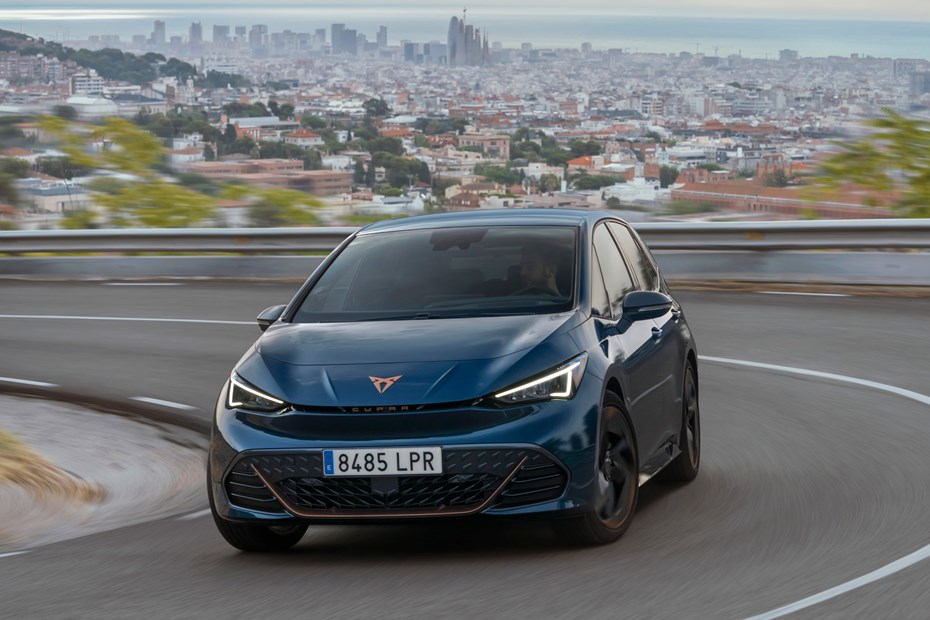If you’re planning on driving in Spain or any European country you shouldn’t just assume everything is the same as it is at home. Okay, the rules aren’t that different around the world, but there might be some subtle differences that you need to know about to avoid getting into a situation you don’t want ruining your holiday or business trip.
One example is that, like when driving in Paris, some Spanish cities require you to display compliance stickers to prove your car meets emissions regulations. You can read more details below, but in Barcelona and Madrid (but not limited to them) your car must comply with Euro 3 petrol emissions standards or Euro 4 diesel emissions standards at a minimum.
Spain also recently tightened rules on wearing protective clothing and helmets for motorcyclists, so make sure your gear is up to scratch before riding in the country. And perhaps it goes without saying, but in Spain they drive on the right – keep that in mind if you’re used to driving in the UK only.
You’ll certainly want to know speed limits, speeding fines and other rules of the road for driving in Spain, so read on below to find out everything you need. Unlike in the UK there are also legally-required items to have in your car, so check the list below and you’ll be covered. Don’t forget to check out our tips on European car insurance as well.
Speed limits in Spain
Speed limits are easy enough to understand, just follow the signs at the side of the road. There might not always be signs in certain places, so you need to look at what kind of road you’re on to be sure of the limit. On minor roads in built-up areas, it’s 50km/h (about 30mph), while major routes such as ring roads or city dual carriageways are generally 90km/h (about 50mph).
A big difference between the UK and Spain is its enforcement of residential zones. The controlled areas are indicated by signs – and speed within the zones is limited to 20km/h.
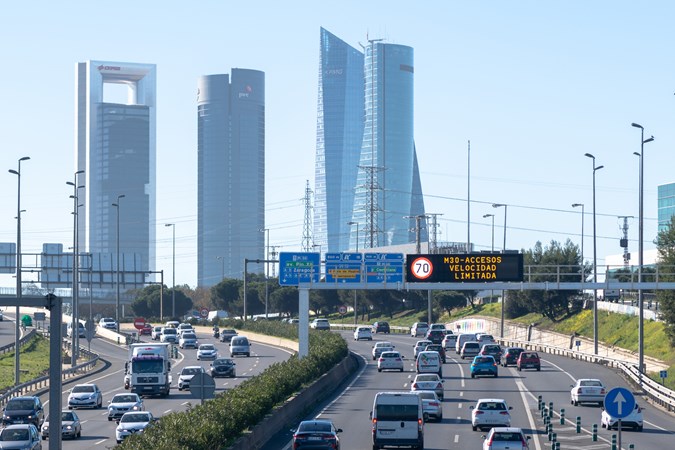
Signs will indicate a 90km/h or 100km/h limit on a single carriageway road (with one lane for each direction of traffic), so look out for those on rural routes. Motorways and dual carriageways have a maximum speed of 120km/h.
If your vehicle can’t reach 60km/h (electric mopeds and farm vehicles, mostly) then you can’t go on a motorway at all. Also, you’re temporarily allowed to exceed the speed limit on major roads outside built-up areas (not motorways or dual carriageways) by 20km/h to overtake slower traffic. Only overtake when it’s safe and clear to do so.
Speeding fines in Spain
Speeding fines in Spain are variable and start at €100 (around £85) and can go up to €600 (roughly £500) – it depends how fast you were going when caught and the type of road you were on. For example, the fine for driving at 100km/h in a 50km/h zone will be far higher than it would be in an 80km/h zone.
There are speed cameras in Spain (pictured below), but rather than the fluorescent yellow ones in the UK, the boxes are painted matte grey. Keep an eye out for them, but as always the best way to avoid a fine is to stick to the speed limit. The police also use radar equipment to monitor the speed of traffic.
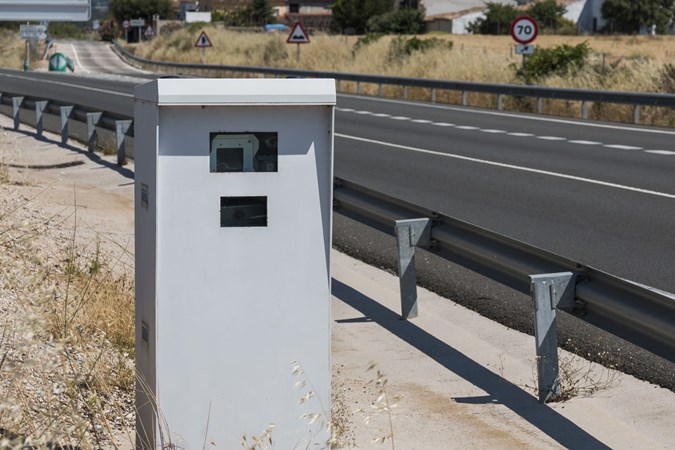
Like in Italy and other countries, it’s illegal to carry radar-detecting equipment in your car. If the police catch you with the technology, you could face a fine of €500 (around £420) – even if the detector is switched off and you had no intention of using it. It’s best to leave it at home.
Police can issue fines on the spot. The fee can be reduced by up to 50% if paid within 20 days – and the maximum period in which a driver can appeal a fine is 15 days. However, these rules only apply to residents.
If you’re a visiting motorist, you’ll need to pay the fine immediately or the police have the legal right to impound your vehicle until you do. You can then appeal the fine through the Spanish court system. Cars can also be confiscated for excessive noise or pollution, dangerous mechanical problems, no insurance and if the driver is under the influence of alcohol.
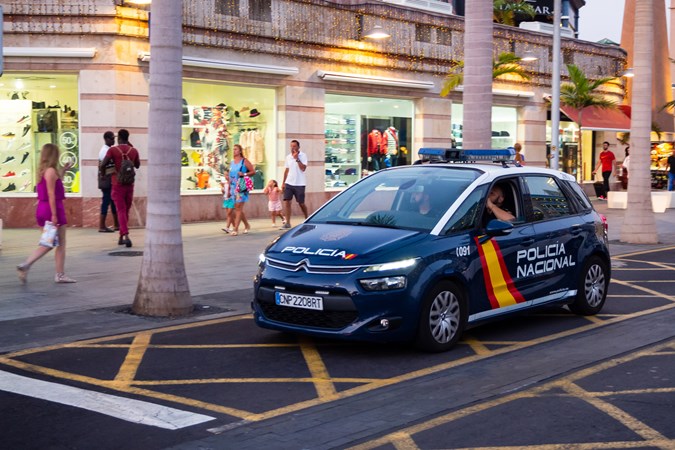
Spain and Portugal have also rolled out speed-triggered traffic lights in some places. There are sensors in the road which recognise whether a passing vehicle is speeding – and if it is, a set of traffic lights further up the road will switch from green to red, halting the driver. There are no fines for this method of speed enforcement. The idea is to shame the driver into slowing down.
Rules of the road
In Spain, you must be aged over 18 to drive a car or ride a motorcycle, even if your licence from your home country allows you to drive at a younger age than that.
Motorists in Spain drive on the right-hand side of the road and overtake on the left. Generally, vehicles on the right have priority. At roundabouts, vehicles that are already on the roundabout have priority over those approaching.
Some motorways are tolled. Roads labelled Autovia can be driven on free of charge, but Autopistas require payment to access. Like the M6 Toll in the UK, you pay to access these roads at tolls stations. They accept cash and credit cards – and if you’re staying for longer, you can purchase a tag.
We advise you to never drive a car after consuming any amount of alcohol. However, if you must drive under the influence, be aware that the legal drink-driving limit is lower in Spain than it is in England, Wales and Northern Ireland. A blood alcohol level of just 0.05% is enough to get you prosecuted.
Towing in Spain
Campervans and cars towing caravans cannot be more than 18.75 metres long, four metres tall and 2.55 metres wide. If your camping rig is more than 12 metres long, you must display one long (130cm × 25cm) or two small reflectors (50cm × 25cm) at the rear.
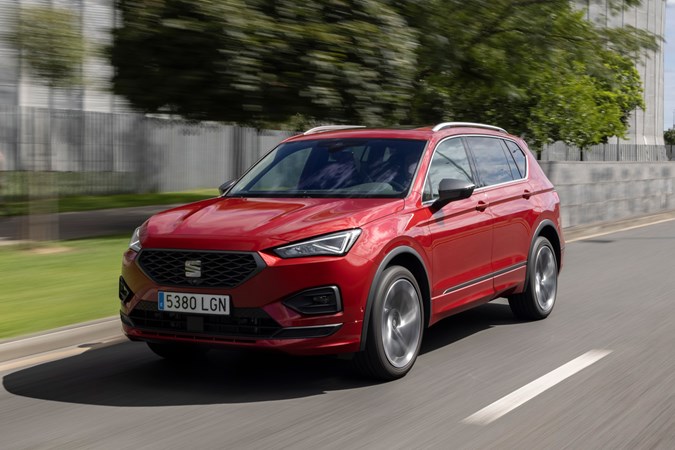
The Department for Transport also advises that UK motorists cannot legally tow an A-frame behind their campervans in Spain. That means, if you want to take a car abroad with you, you’ll have to tow it on a proper trailer.
Insurance
All UK car insurance policies include clauses for driving in the EU. They provide a minimum of third-party cover. It’s worth checking with your insurer whether your policy has extra cover for theft and damage. You do not need to carry a green card when driving in EU.
Also, check whether the amount of cover offered by your policy is enough for the length of your trip. Some companies provide 90 days of cover abroad, while others offer as little as three days. Depending on the length of your stay, you might need to pay for additional days.
Breakdown cover
Make sure your breakdown cover remains valid if something goes wrong with your car outside of the UK. Getting a broken car home from Spain could cost you thousands in recovery fees – there are stories of unlucky drivers paying thousands to get their stranded motors home. It’s possible to buy breakdown cover for your trip only, but some companies only offer it as part of a yearly package.
Low-emission zones
Spain has low emission zones in Barcelona and Madrid. To enter Barcelona on working days between the hours of 07:00 and 20:00, your car must comply with Euro 3 petrol emissions standards or Euro 4 diesel emissions standards at a minimum. You also must purchase the correct badge for your vehicle before entering the controlled zone. Failure to comply with these regulations will result in a fine. Madrid’s system works in much the same way.
They only cost a few Euros and are available from a post office. You’ll need your car’s logbook (V5 document) and some ID to buy them. You can also order them online here.
Barcelona can also bar entry of all cars into the centre on when an episode of excess NO2 pollution is declared. You won’t be able to buy a permit on those days and you won’t be able to drive into the city. If you plan to drive a UK-registered car into the city, you must register it with the authorities before you arrive.
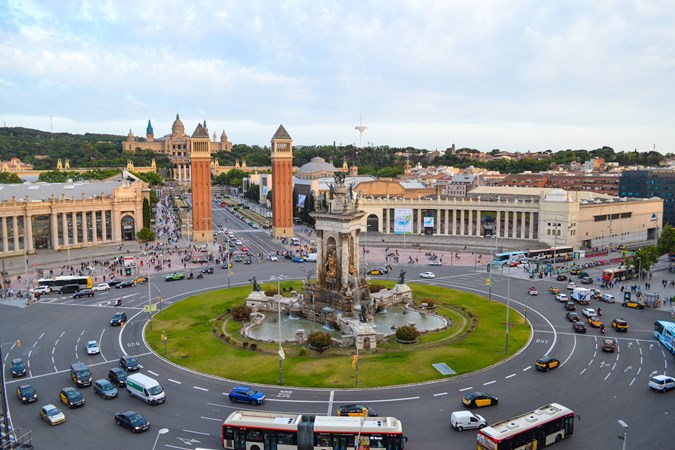
It’s also worth noting that new Spanish low-emission regulations have been in play since the start of 2023. Now, any urban area with at least 50,000 inhabitants must include a low emission zone – a rule that is set to affect around 150 towns and cities. So, no matter where you’re planning on going, we recommend checking the current LEZ status in that area first.
Things you’ll need in your car
Spain requires all motorists to always carry the following list of items in their cars, just in case of an emergency. Hire car companies should provide these items. The list includes:
- Full, valid driving licence
- Proof of insurance
- Proof of ID (i.e. a passport or national identity card)
- V5C registration logbook (or a VE103 document for rented vehicles)
- High-visibility jackets
- Warning triangle
- Spare pair of glasses if you need them for driving
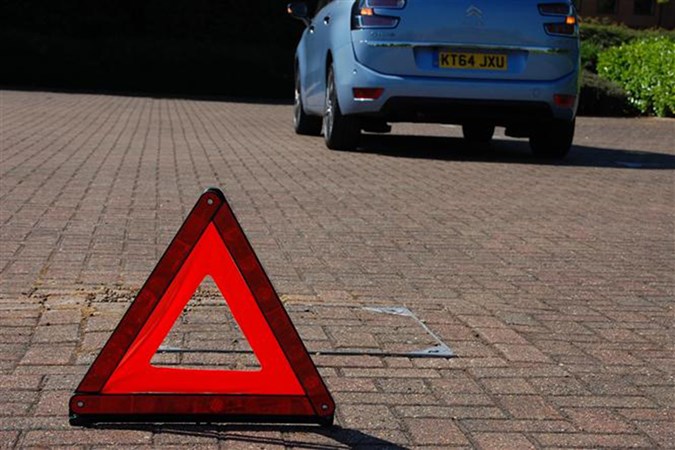
If you plan to drive your own car from the UK, you’ll need to fix beam deflectors to your headlamps to avoid dazzling local motorists before you exit the ferry. You also need to attach a UK sticker to your car. Now that the UK has left the EU, old GB stickers (with the Council of Europe stars) are no longer recognised as national identifiers.
Emergency numbers
You can dial 112 from anywhere in Europe and an operator will connect you to the correct emergency service for the country you’re in. Operators in Spain can communicate with you in Spanish, English or French.
If you have a breakdown on the motorway, there are emergency telephones situated at 2km intervals along the carriageway. Before walking to the phone, make sure to set up a warning triangle behind your stricken vehicle and put on your high visibility vest. Failure to do so may result in a fine.
Hiring a car in Spain
Shop around for the best deal. You may find that an off-airport company offers much lower hire rates than one situated on site. Also, weigh up the cost of the ferry crossing, fuel, additional insurance and breakdown cover. It could prove cheaper to fly to Spain and hire a car rather than drive your own.
Watch out for insurance premiums that include damage waivers. These often include exclusions that mean you won’t be covered for damage to wheels, tyres, interior trim or windows, making them far worse value. Parkers recommends buying a third party policy, as it’s normally a lot cheaper.
In Spain, it’s normal for hire car companies to offer cars on a full-to-empty basis. That means you pay an additional fee for a tank of petrol (normally at an inflated rate) before you set off and you can then choose to return the car empty if you want. You can claim a refund back on the fuel you haven’t used, but there’s normally an admin charge attached that defeats the point of the exercise.
We recommend opting for a full-to-full policy wherever possible, primarily for the simplicity. You get the car with a full tank of fuel and you fill it back up again before you return it.
Adding a second driver to your policy can significantly increase the cost of your booking. Some companies in Spain charge more than £10 per day for this service alone. It might be worth deciding on a designated driver before setting off.
As when hiring any car, be sure to take a full set of pictures when you collect it. Some rental companies scrutinise their car carefully to look for any additional charges they can levy at you – so if you see a dent on the car, snap it before you go to cover yourself when you return it.
Just so you know, we may receive a commission or other compensation from the links on this website - read why you should trust us.


